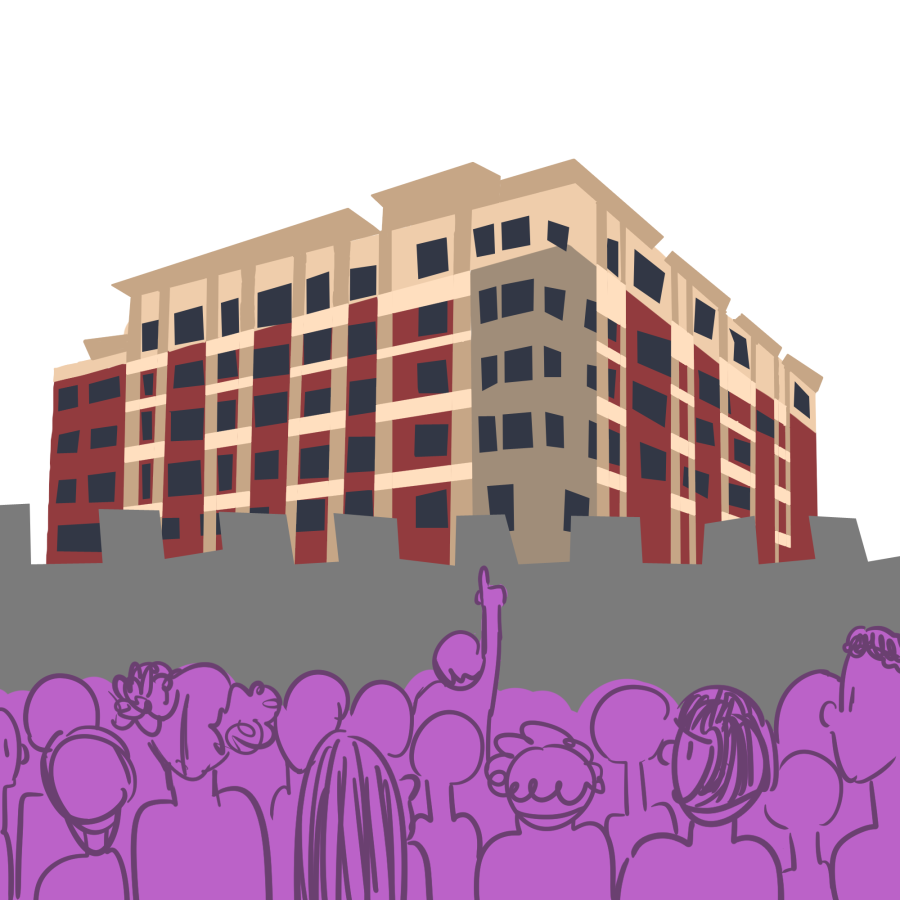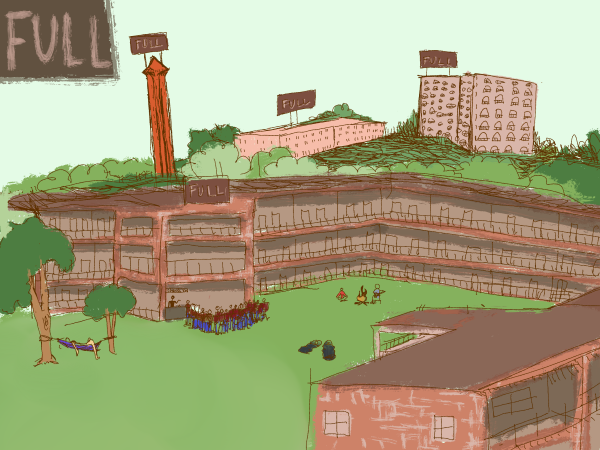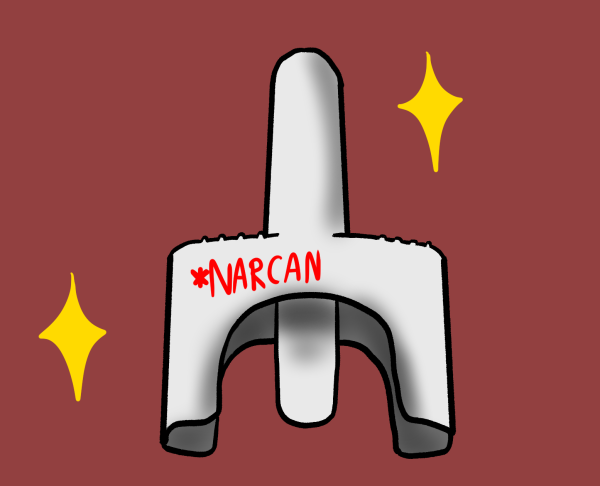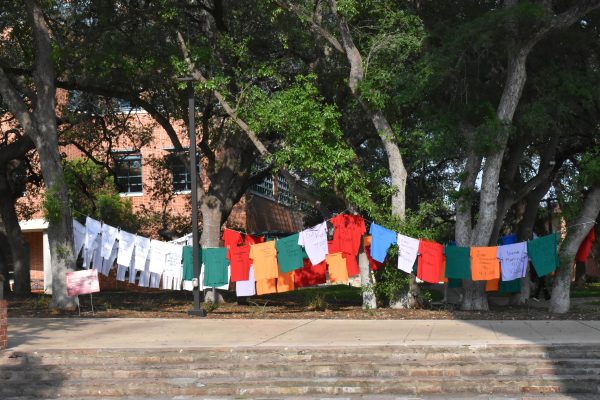Residential life changes the housing selection system
Demand for City Vista apartments and North Hall complicates housing choices
With the high demand for residential areas such as the City Vista Apartments (CV) and North Residence Hall, creating as fair a system as possible for housing registration is a continuous challenge for Trinity’s residential life office. With feedback from previous years, residential life aimed to adjust the housing selection process to support student navigation and management through the housing registration process.
Individuals such as Bret Biance, director of the residential life office, helped shape the housing selection process for students this year. In his position, Biance oversaw decisions like providing all students with computer-generated selection times. This meant that students would not be disadvantaged if they were not in a complete suite set, as opposed to years prior.
This change allowed for the selection periods to be spread across fewer days while also allowing residential life to work towards other goals they had set for the process this year.
“The goal was to build a process that shortened the total length of the selection process (four weeks down to two), increase student control over roommate matching in real-time, increase visibility of units as roommate pairings changed and increase the time windows in which to select,” Biance wrote in an email.
Residential life also implemented other changes to best meet students’ needs, such as changing selection times and adding a waitlist. Selection times this year were done in two-hour blocks, aiming to address prior issues where students felt stressed regarding past time constraints. Waitlists were added to allow residential life to best understand what areas students want, along with their group pairings and other pertinent information.
These changes occurred on the same software the residential life office has used since 2017, Adirondack Solutions’ “The Housing Director.” This software continues to receive regular updates, but Trinity’s utilization of the software only implements these updates after they have been “stress-tested” by the university’s operations team. Some of the most recent updates to the software were not approved this year, so residential life did not use them in this year’s housing process to avoid any negative student experiences the updates may have caused.
Although these changes were aimed to benefit students, not every student was able to have their needs met. Students such as Emma Utzinger, junior English major, dealt with various technical complications that they couldn’t solve during their selection time. This left them scrambling to find the next available spots, which came with significant difficulties. As a result, Utzinger and her suite’s original plans for CV fell through.
“We had a suite of four people, so in theory, we should have been able to find something,” Utzinger said. “One of my suitemates had the earlier housing time. They tried to click on a room in CV, and it just completely crashed on him. … Three of us have a room in South [Residence Hall] now, but one of us is still trying to figure stuff out. It’s just been very stressful and a lot to think about. It just felt like we didn’t even have a chance to pick a room because everything was just so scrambled up.”
Technical issues like what Utzinger and her suitemates experienced have been recognized by the residential life office. Nevertheless, residential life reported that the number of phone calls and emails regarding the housing selection process dropped severely compared to last year.
The office sees this as a sign that the system is becoming more accessible for students, allowing them to find solutions to any issues that may lead to inaccessibility.
Despite the drop in phone calls and emails to the office, the demand for specific areas of campus is greater than supply. CV had a total of 400 spaces that were sought after by nearly 800 people. The waitlist of roughly 200 individuals had 173 students requesting CV and 20 students requesting North Residence Hall. Residential life’s task is to oversee the waitlist and move people into these areas.
“We understand a person’s living situation matters to our students, but it is important to note that we are at the beginning of our room placement process and a lot can happen between now and fall [move-in],” Biance wrote. “Throughout all of this, Residential Life will continue to support our students and help them make decisions on how to best move forward.”

My name is Joshua Mitra and I'm a sophomore planning to double major in political science and communications. I'm from Boise, Idaho and use he/him pronouns....











